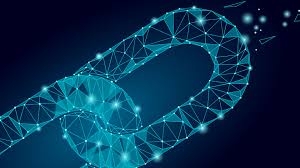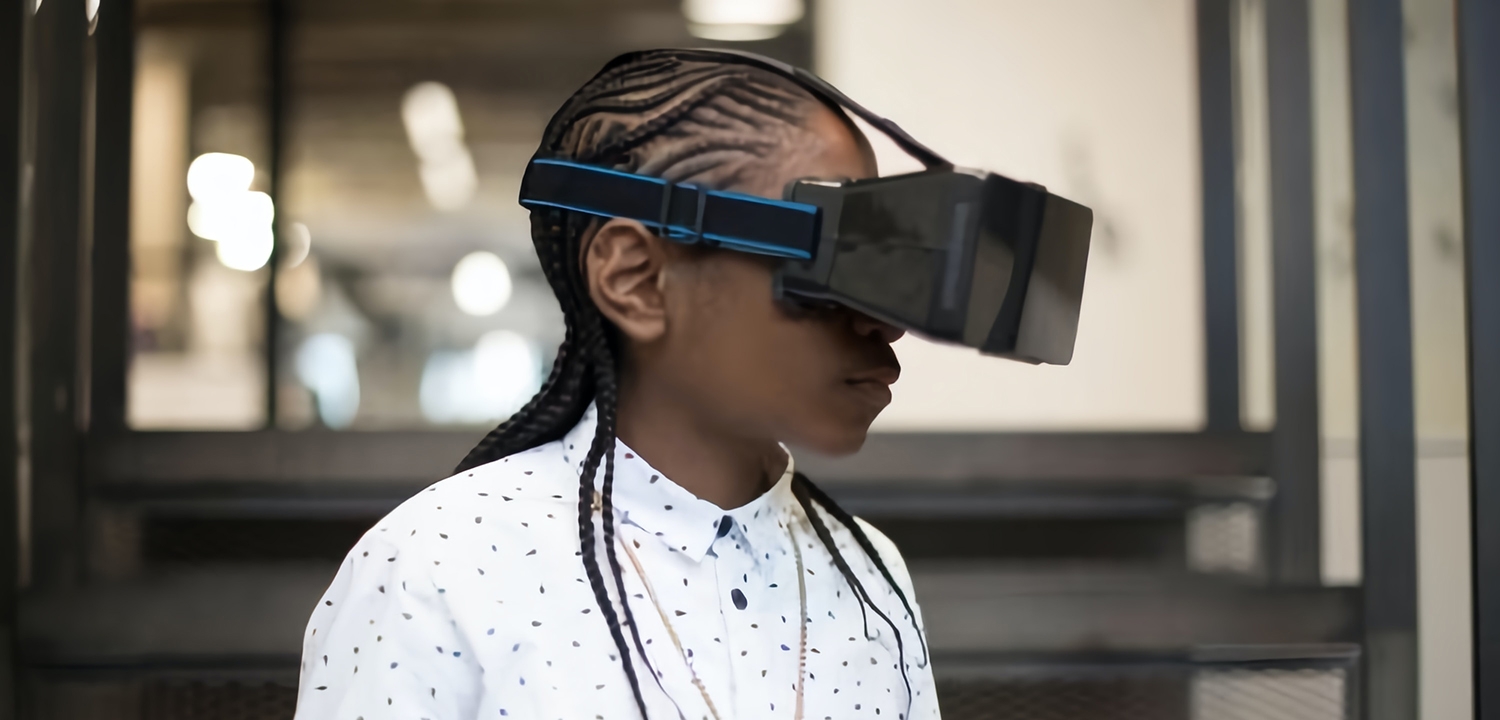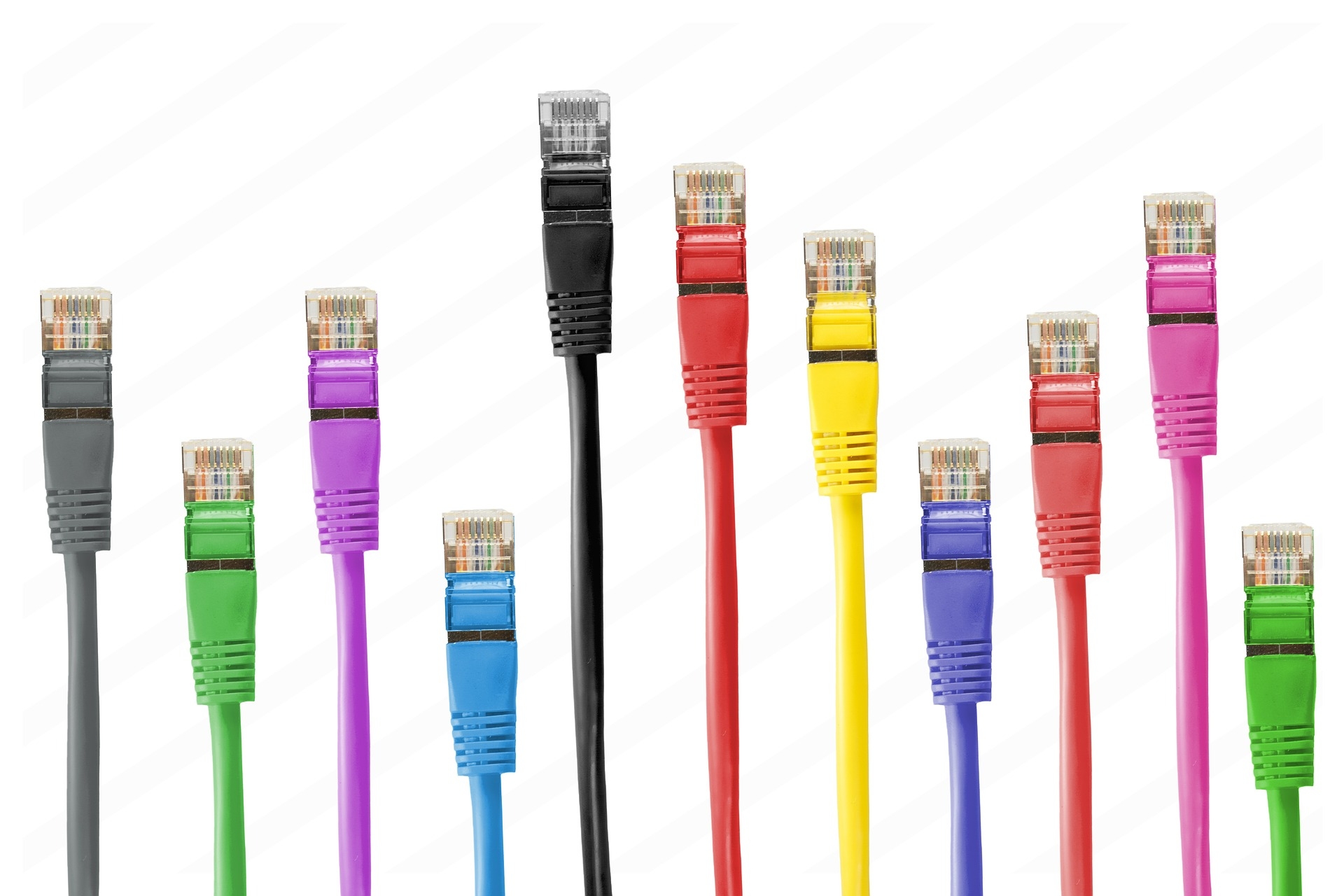Low Voltage for High Security
You’ve seen it… On roofs, on fields, and now cameras. Solar power! Years ago the talks began about where this energy source can take us. Recently we had a client who wanted us to install a Solar Powered Camera System.
Which got us thinking.. “Will we be seeing more of this?” Solar Powered Camera Systems are its own source of energy. Making it seamlessly affordable on cutting down energy costs and being eco friendly at the same time. The issue arises with placement.
While they work best when in direct sunlight the quality diminishes if the conditions do not permit such as a cloudy day. They can be perfect for construction sites and outdoor security but must be placed where they can get enough sunlight throughout the day.
We suggest getting a solar camera with the option of also being battery powered. Therefore you won’t lose recorded footage in case the natural energy source runs out. Even so, why would we need low voltage installation? Low Voltage solar panel cameras allow you to have cameras set up even if they aren’t close to a power supply. Giving you more freedom and more areas for surveillance.





